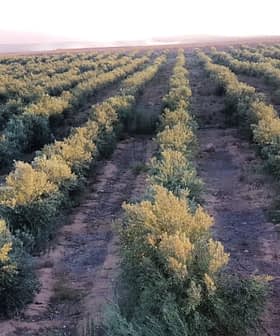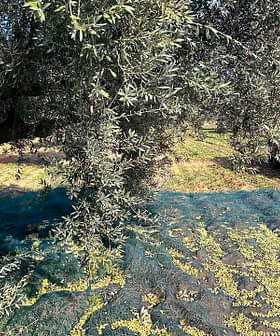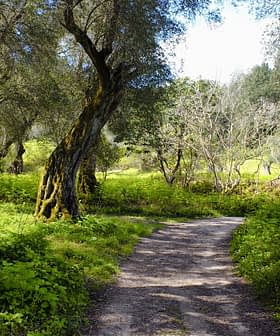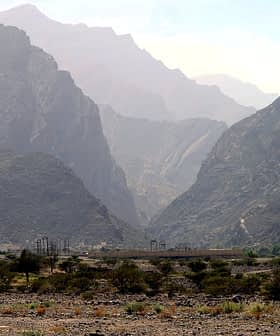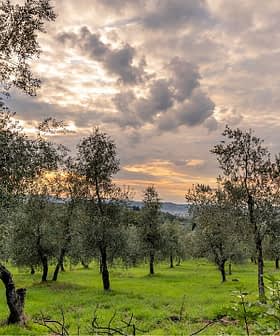After Two Bad Harvests, Producers in New Zealand Anticipate a Rebound
Less rainfall in New Zealand has sparked hope for the country's growers, but the drier weather has come with another set of problems.
 Blue Earth co-owner Mike Hanson walks through the olive grove ahead of the harvest. (Photo: Blue Earth)
Blue Earth co-owner Mike Hanson walks through the olive grove ahead of the harvest. (Photo: Blue Earth) With growers in New Zealand preparing to start harvesting in late March, some are looking forward to a better outcome after a second-consecutive production decline last year.
New Zealand produced 125,000 liters of olive oil in 2023, down from 180,000 liters in 2022. The poor harvests came after bumper crops in 2020 and 2021, when the country produced 200,000 and 270,000 liters, respectively.
The quantity of fruit may not be quite as high as the last couple of big years, but the weather so far suggests that we will return to much higher oil yields and polyphenols.
In December 2023, the National Institute of Water and Atmospheric Research (NIWA) reported rainfall well above normal levels in certain areas, contrasted by below-normal levels in others.
According to NIWA data, producers will not have to contend with the extreme rainfall that marred their harvest last year, the country’s eighth wettest on record.
See Also:2024 Harvest Updates“After a couple of wet seasons, particularly last year, when it was so wet that two-thirds of our growers couldn’t get machinery into their groves, we are quietly optimistic this season is going to be better,” Emma Glover, Olives New Zealand’s executive officer, told Olive Oil Times.
However, she added that the South Island regions with a bumper crop last year would likely produce fewer olives due to the olive tree’s natural alternate bearing cycle.
The outcome is not set in stone, though. In March 2022, producers were optimistic for a third high production year. However, heavy rains and cool conditions during the harvest combined to lower the final yields.
Glover said the next few months are critical as the fruit ripens. With the harvest season starting soon for the early regions, most will begin harvesting slightly later, from the end of May to mid-July.
“Fruit set, in general, looks good, but it is patchy between groves and tree varieties as they bounce back differently from the last few years,” she said.
Diana Crosse, co-owner of Kāpiti Olives on the North Island north of Wellington, expressed optimism ahead of the harvest, which will start in her groves at the beginning of June.
“The crop on the trees looks very good, and we are hopeful of a high yield,” Crosse said. “The weather has been good,” but she added they would like more sunshine.
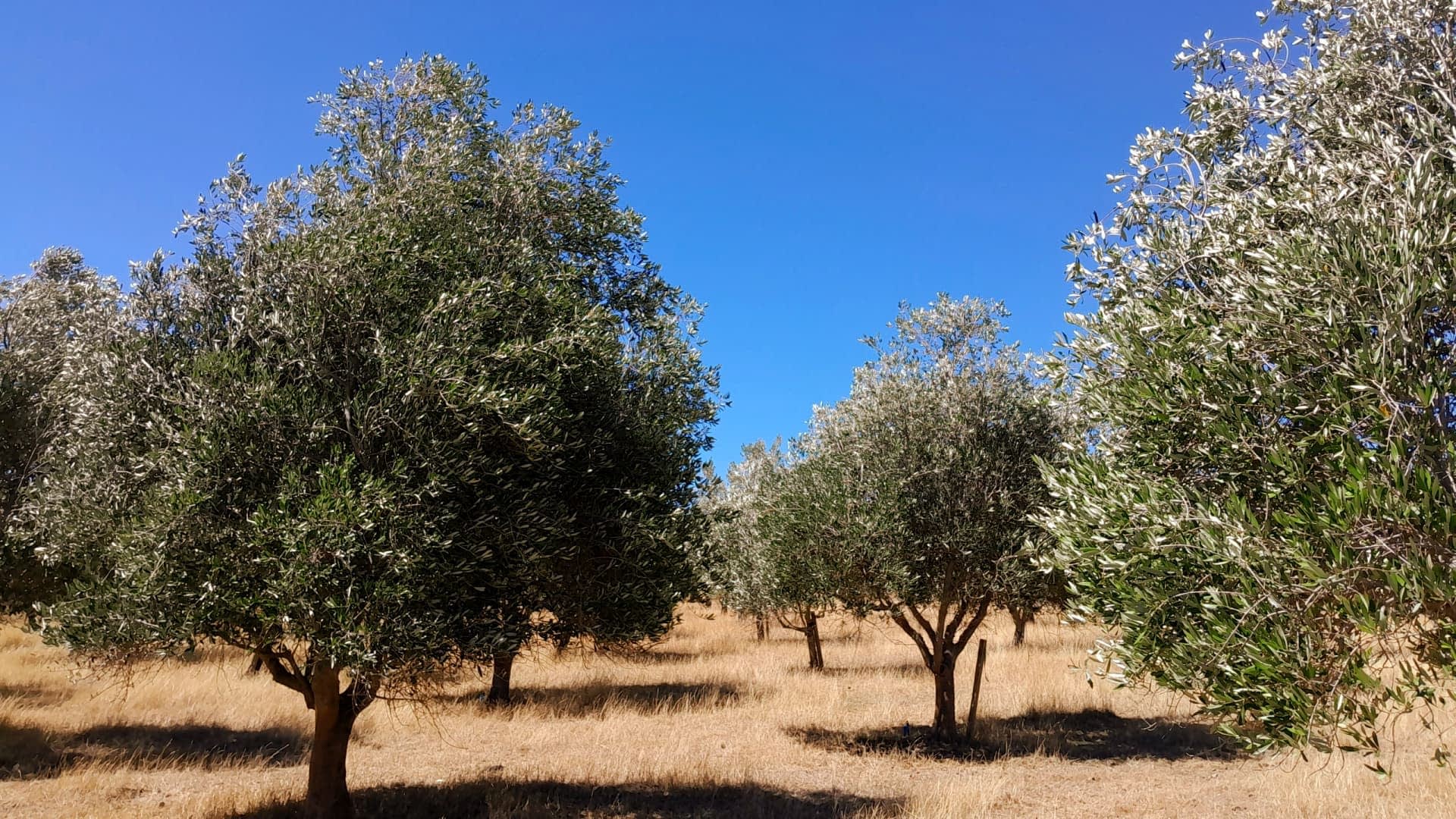
After two years of heavy rain, olive groves in the Wairarapa are now coping with drought-like conditions. (Photo: Vintiner’s Grove)
Meanwhile, Ross Vintiner, co-owner of Vintiner’s Grove in the North Island’s Wairarapa region, said the abrupt shift from too much rain to too little is taking a toll on his groves.
“After two years of consistent and heavy rain, the trees are regenerating, using most of their energy to regrow branches and foliage,” he said. “Now we are in near-drought. Fruiting has taken a hit with continued stress.”
“As with a number of local groves in the Wairarapa, fruit volumes and oil yield will be down compared to last year,” Vintiner added. “The oil quality will likely be very good, with high polyphenols expected from a very hot summer and likely autumn.”
He predicted that the harvest would begin in early May. “The trees look amazing, responding well to biodynamic and organic nurturing,” Vintiner said.
Margaret Hanson, the co-owner of Blue Earth, also from the Wairarapa region, is expecting results similar to Vintiner’s.
“After the last two wet years, the challenge this year so far is how dry it is,” she said. “A lot of work has gone into repairing irrigation that has not been used for a long time.”
Hanson said the yield of their Barnea olives will be down significantly this year. “It has not enjoyed the wet years and is exhausted after five big harvests in a row,” she said. “So we are taking the opportunity to do some major restructuring on our trees.”
“The rest look great,” Hanson added. “The quantity of fruit may not be quite as high as the last couple of big years, but the weather so far suggests that we will return to much higher oil yields and polyphenols. Good news.”

